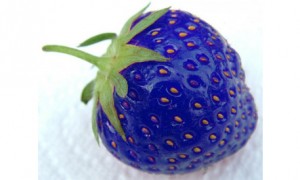There’s a new category of genetically modified crops on the horizon that utilize a technique known as RNAi, or RNA interference. For a recap of what RNA does, check out wikipedia, but in summary: it’s primarily a messenger, carrying instructions from DNA to control the synthesis of proteins. RNAi is an attempt to interfere with this process; an insect (the corn root worm, in this case) takes up small siRNA (small interfering ribonucleic acid molecules) from a corn plant, which then turn off the production of critical proteins in those pests, killing them. It’s a pretty amazing technology, and one that’s also being explored in the fight against cancer, to interfere with cell division of cancerous cells.
So there lies the concern. The medical field is looking at ways to help the human body absorb those siRNA molecules. The food industry wants the opposite, for there’s justifiably a lot of uncertainty and concern about the effect this may have on the body. Some scientific studies have indicated that the body might be absorbing this, most find no evidence of that. It seems much of the uncertainty comes from the difficulty in detecting these very small molecules in the first place. There is also uncertainty about what other insects may be harmed by this (one study found that ladybugs were one victim). On the plus side, this has the potential to reduce or eliminate two techniques currently employed – spraying crops with Roundup (that then gets into our food supply), or using corn that is genetically modified to produce BT Toxin (which we then consume).
Monsanto is convinced they’ve studied the issue enough, and have applied for approval to sell this new corn variant. There still seems to be quite a bit of valid scientific debate over that subject…but if history has taught us anything, it’s that big business will win out over science and public health concerns.
You can read more about this at the NY Times or in the Boulder Weekly.

 With all the news about GMOs…what do you really know about them? Ignoring the health concerns for a moment, it’s good to look at some facts about how widespread they are, and that’s what
With all the news about GMOs…what do you really know about them? Ignoring the health concerns for a moment, it’s good to look at some facts about how widespread they are, and that’s what